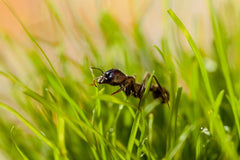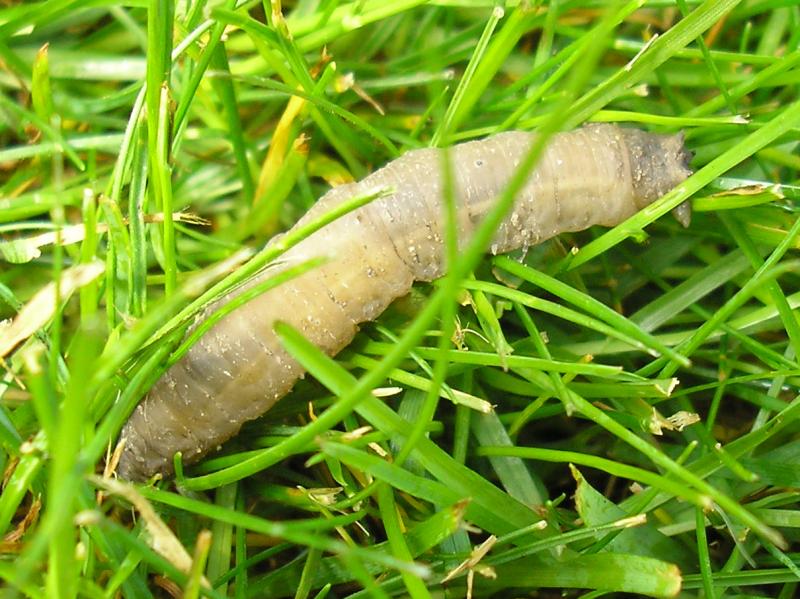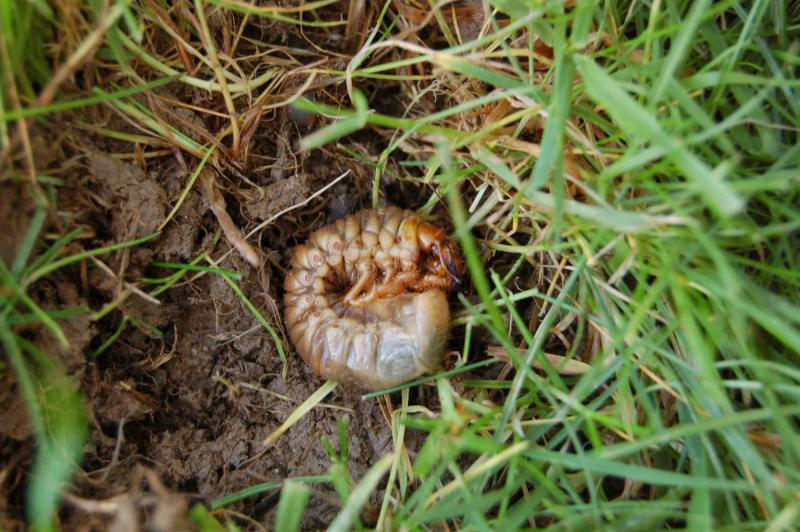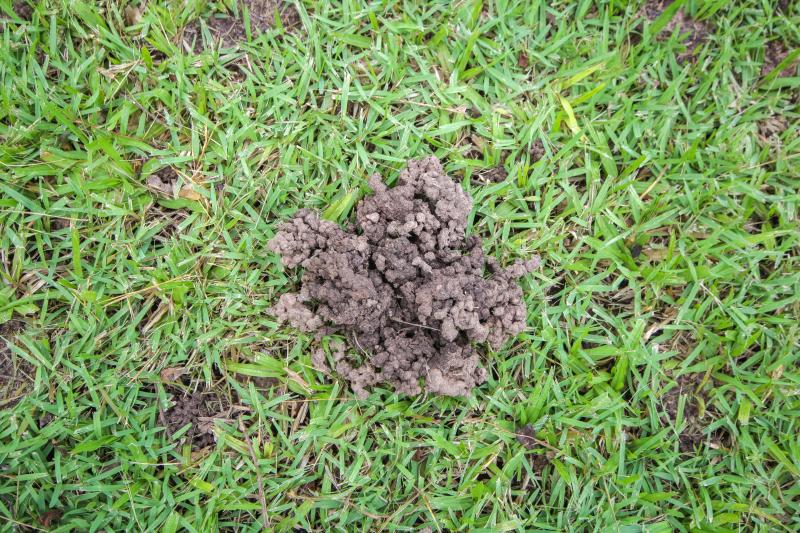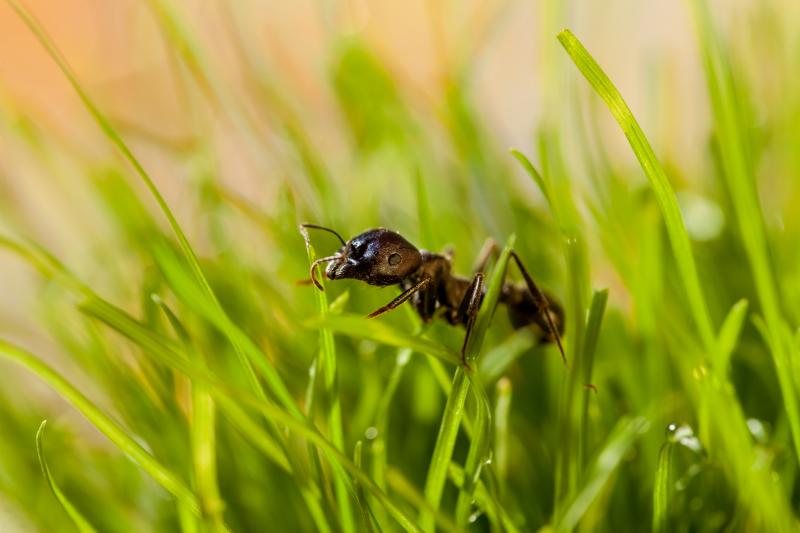Lawn pests are a common issue for homeowners, and they can cause significant damage to your lawn if not managed properly. These pests, such as chafer grubs and leatherjackets, can feed on grass roots and stems weakening the grass and leading to brown patches, wilting, or even dead spots. In addition to damaging the grass - birds, or even badgers, can seriously damage a lawn looking for the grubs. Left unchecked, pest infestations can rapidly spread, impacting the overall health and appearance of your lawn.
The key to managing lawn pests is early detection and targeted treatment. Identifying the type of pest affecting your lawn allows for more effective control methods. Regular lawn maintenance, such as regular nutrition, aeration and proper watering, also helps keep your lawn strong and better equipped to resist pest damage. At GreenThumb, we offer expert pest management services that not only address active infestations but also focus on prevention to ensure your lawn remains healthy and free from pests year-round.
Leatherjackets
Leatherjackets are the larval stage of what is commonly known as daddy longlegs (crane fly).
Their one-year life cycle begins when the female lays her eggs in the lawn around September time; they then hatch 2-3 weeks later.
Over the winter period, when the weather is still wet and warm enough, the larvae starts to feed on the top part of the grass plant’s root system.
At this time, the damage is not normally seen, as the leatherjackets are still quite small. It's important to note that secondary damage to the lawn can also be caused by birds and animals rooting for the grubs.
By February and March, the grubs will have grown in size and the damage will be much more extensive.
Chafer Grub
Chafer Grubs are the larvae of the chafer beetle (May bug) and have a life cycle of 1-3 years, dependent on the species.
The females lay their eggs in the lawn. When first hatched, the grub is very small and at its most vulnerable. They are curved like the letter C, with white fleshy bodies, light brown heads, three pairs of legs and will grow to 10-15mm in size.
The grubs feed on the roots of the grass plant resulting in the turf becoming detached from its soil moorings allowing the lawn to be pulled back, like lifting a rug. Birds, badgers and a number of other animals enjoy eating these grubs so damage to the lawn can be extensive.
Worms
Worms are generally good for the lawn; there are twenty five species but there are only three that cause casts in the lawn. The process worms have by moving through the soil is good for microbial activity and aeration. The cast that they return to the surface can look ugly and be a good seed bed for weeds.
At the moment, we have no specific control for worms.
Ants
Likewise, we have no specific control for ants. However, we would advise using a spade, slicing into the lawn where the activity is and apply ant powder into the nest, pull out the spade and restore the crevice.





